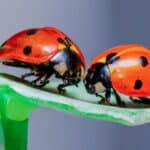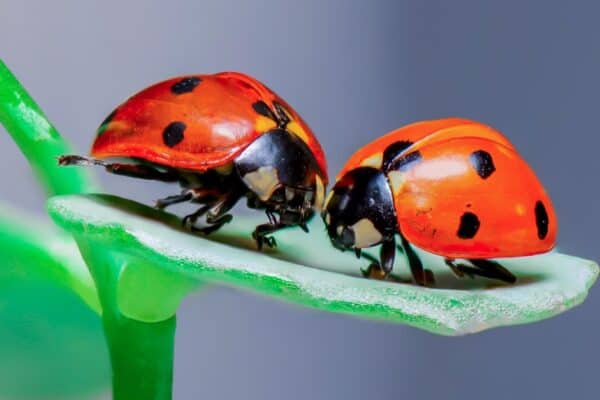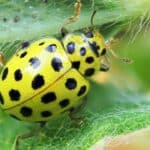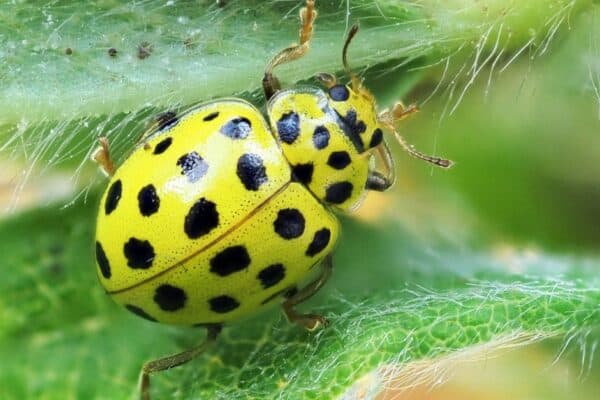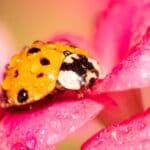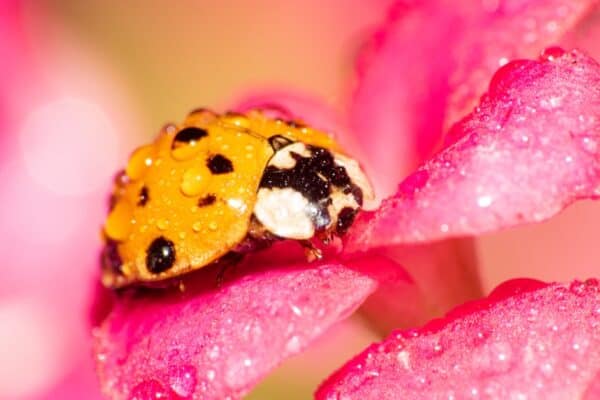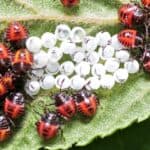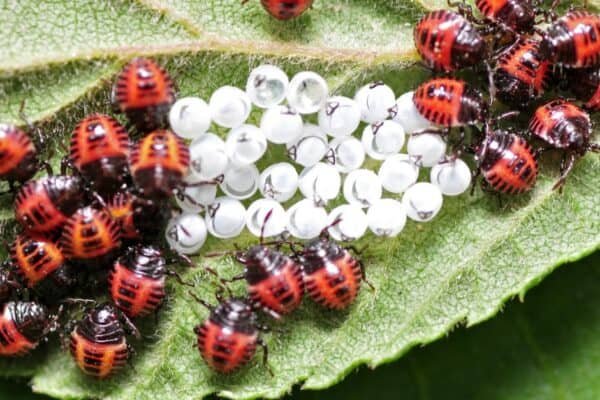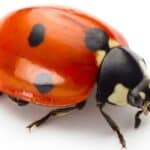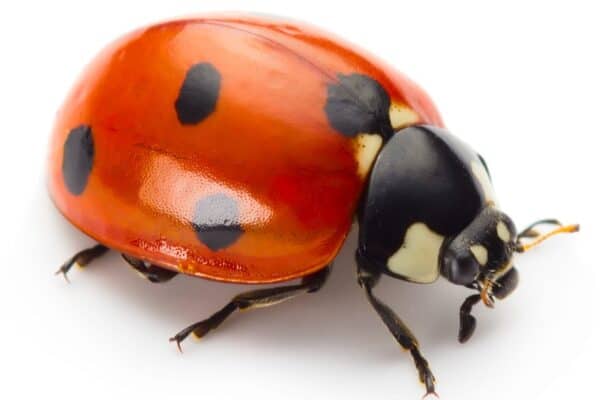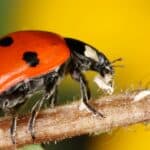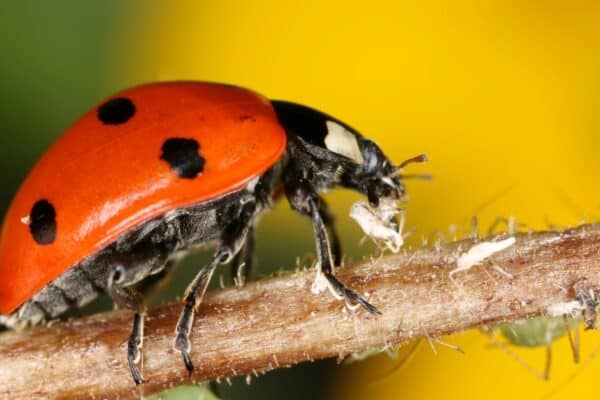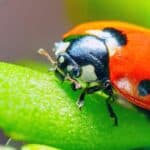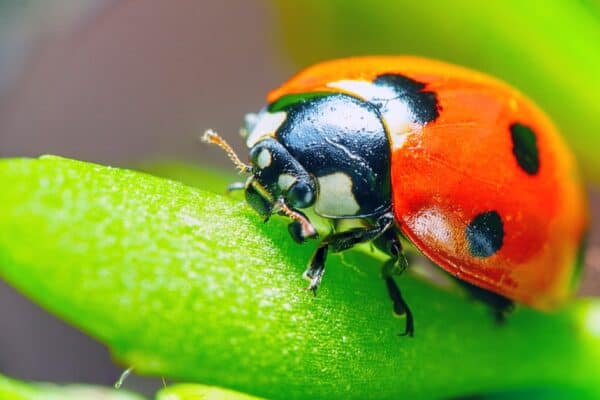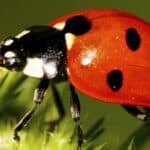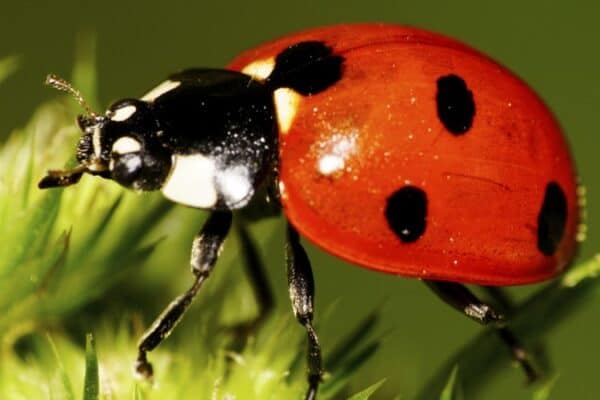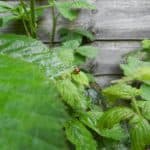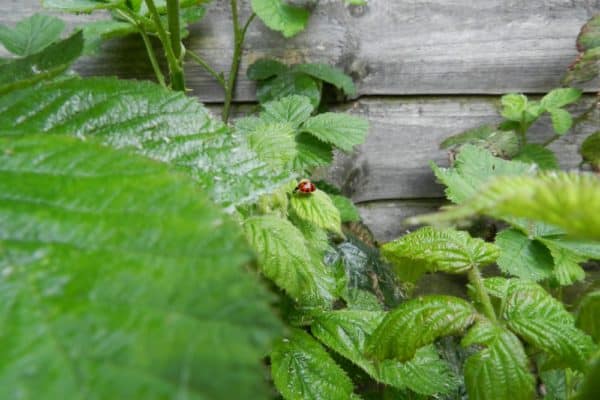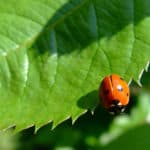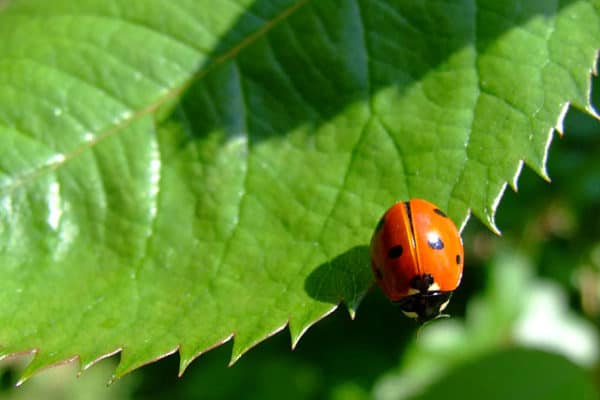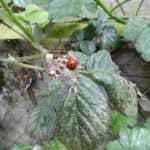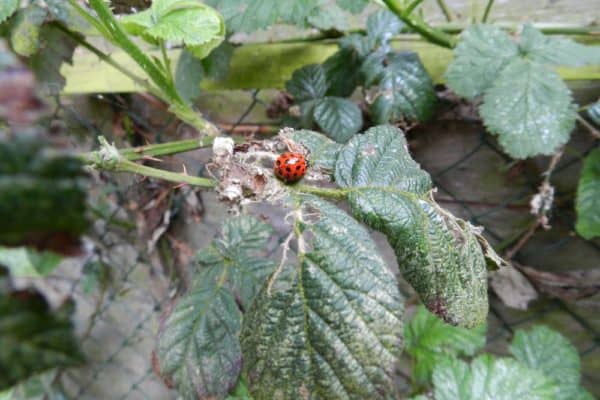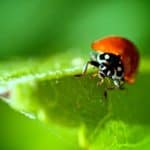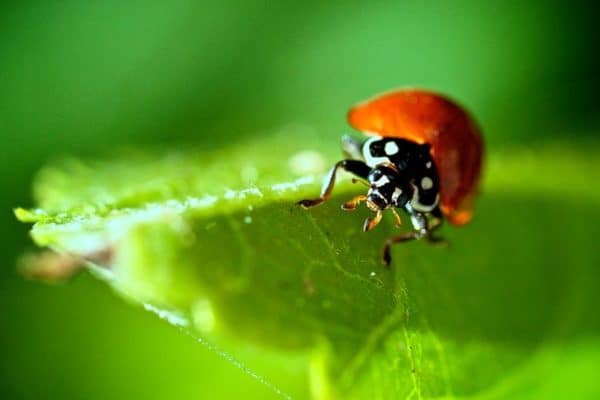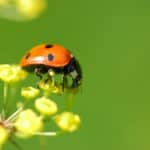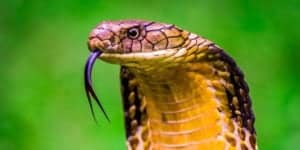Welcome to the ladybug quiz! Ladybugs often called ladybird beetles have a red shells with black spots. They are one of the most recognizable insects in the animal kingdom.
This ladybug quiz is designed to test your knowledge about these fascinating insects. Whether you are a nature lover, an entomologist, or just someone who appreciates their beauty, this quiz will challenge and educate you.
So, are you ready to put your ladybug knowledge to the test? Let’s get started!
Diet and Habits: Ladybugs
Ladybugs, also known as ladybirds, are beneficial insects that play a key role in controlling the populations of aphids and other plant-eating insects. In order to do this, they have a voracious appetite for these pests. The diet of ladybugs primarily consists of aphids, but they will also feed on other soft-bodied insects such as scale insects, mealybugs, and mites.
Ladybugs are active predators that feed by using their sharp mandibles to bite into their prey and suck out the juices. This feeding behavior helps to control populations of harmful insects, which can reduce the need for chemical pesticides and increase crop yields.
Ladybugs are also known for their ability to fly, which they use to escape predators and search for food. They are strong fliers and are able to fly long distances in search of food and mates. This mobility, combined with their voracious appetite and predatory behavior, makes ladybugs an important part of the ecosystem and helps to keep populations of harmful insects under control.
Furthermore, the diet and habits of ladybugs are closely tied to their role as beneficial predators in the ecosystem. Feeding on harmful insects, help to keep these populations under control and promotes the health of crops and other plants. Their ability to fly, gather in large groups, and overwinter in protected areas also make them an important part of the ecosystem.
Life Cycle: Ladybugs
Ladybugs, also known as ladybirds, have a distinctive life cycle that involves four distinct stages: egg, larva, pupa, and adult. The length of time it takes for a ladybug to complete its life cycle can vary depending on species and environmental conditions, but it typically takes from several weeks to several months.
The first stage of a ladybug’s life cycle is the egg stage. Female ladybugs lay their eggs on leaves or stem near a food source, such as aphids or other soft-bodied insects. The eggs are typically yellow or orange and are laid in clusters.
Once the eggs hatch, the larvae emerge and begin feeding on their primary food source. Ladybug larvae are elongated and have a distinctive appearance, with a spotted or striped body and legs that are used for crawling and feeding. During this stage, the larvae will molt several times as they grow and can consume hundreds of aphids or other insects during their development.
Once the larvae have reached maturity, they will pupate and transform into adult ladybugs. The pupa is a non-feeding stage where the larvae undergo metamorphosis and the adult structures, such as wings and reproductive organs, develop. The length of the pupal stage can vary, but it typically lasts for several days to a few weeks.
Finally, the adult ladybug emerges from the pupa, ready to mate and continue the cycle. Ladybugs have a relatively short lifespan as adults, typically living for several months to a year. During this time, they will feed, mate, and lay eggs to start the cycle anew.
Significance to the Ecosystem
Ladybugs, also known as ladybirds, are beneficial insects that play a critical role in maintaining the balance of ecosystems. These insects are known for their voracious appetite for aphids and other soft-bodied insects, which makes them important biological control agents for farmers and gardeners.
Ladybugs are a natural alternative to chemical pesticides, which can have negative impacts on the environment and human health.
By controlling populations of harmful insects, ladybugs help to reduce the need for chemical treatments and promote the health of crops and other plants. This in turn helps to maintain the balance of ecosystems and support the survival of other species that rely on these plants for food and habitat.
In addition to their role as predators, ladybugs also provide food for other species, such as birds and bats. This helps to support the food web and maintain the balance of ecosystems.
Furthermore, ladybugs are also important pollinators, as they feed on nectar and pollen while they are in the adult stage. This contributes to the health and diversity of plant populations and supports the survival of other species that rely on these plants for food and habitat.
Interesting Related Articles:
Check these out:



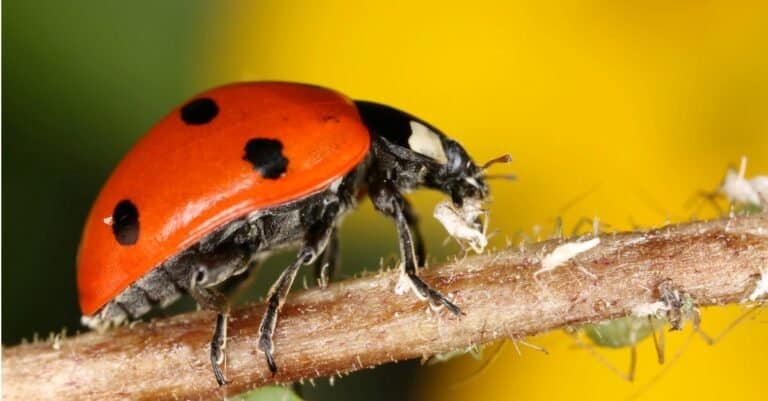
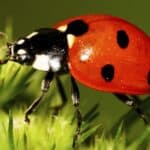
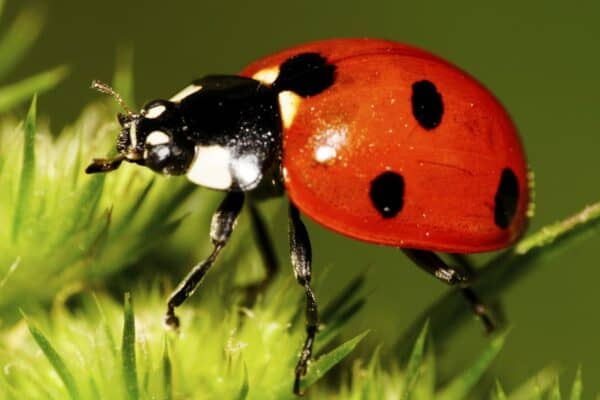
 Sergey/Shutterstock.com
Sergey/Shutterstock.com